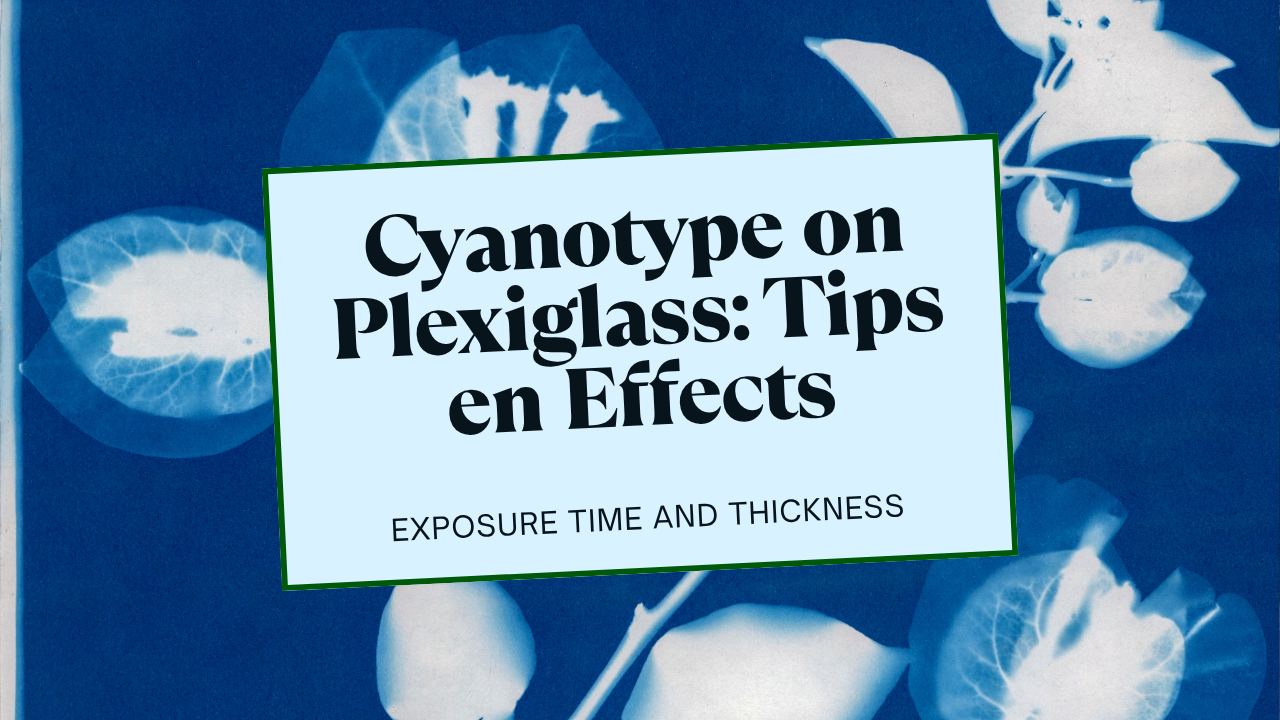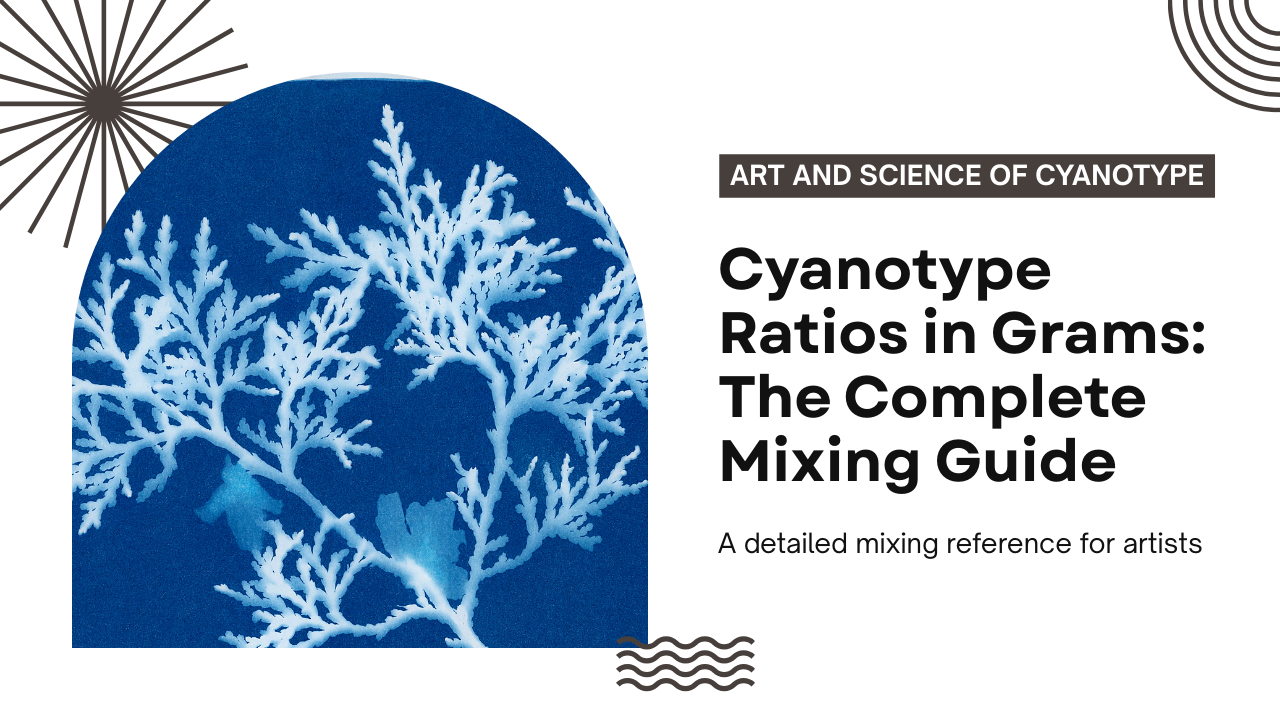Cyanotype is famous for its striking Prussian blue, created with only two chemicals: ferric ammonium citrate and potassium ferricyanide. Yet many artists are puzzled when they encounter two versions of ferric ammonium citrate – green and brown.
What is Ferric Ammonium Citrate?
This compound, also known as ammonium iron(III) citrate, is the light-sensitive part of cyanotype chemistry. Once coated onto paper or fabric, it reacts with UV light to form the base for the Prussian blue image.
Green vs Brown – Key Differences
-
Green Ferric Ammonium Citrate
-
Contains more ferric iron (Fe³⁺).
-
Dissolves more easily in water.
-
Produces consistent, strong blue prints.
-
-
Brown Ferric Ammonium Citrate
-
Composition varies by manufacturer.
-
Less soluble.
-
Results often appear weaker or inconsistent.
-
Why the Green Form Works Best
For artists, predictability is crucial. The green variant provides stable, repeatable results with richer tones, while the brown form tends to disappoint. This is why professionals and educators rely almost exclusively on the green type.
The Chemistry in Action
When combined with potassium ferricyanide, green ferric ammonium citrate reacts under UV light:
-
Ferric iron (Fe³⁺) reduces to ferrous (Fe²⁺).
-
Ferrous iron binds with ferricyanide.
-
The result is Prussian blue – the pigment behind cyanotype’s signature tone.
Practical Tips
-
Always mix Solutions A & B just before use.
-
Coat paper or fabric in dim light.
-
Let coated material dry in the dark.
-
Rinse thoroughly after exposure to reveal deep blues.
Conclusion
While both forms exist, only green ferric ammonium citrate ensures strong and reliable results. At Cyanoprints.com, we supply the correct green variant so you can focus on creativity, not chemistry.
👉 Order your cyanotype chemicals at Cyanoprints.com.


